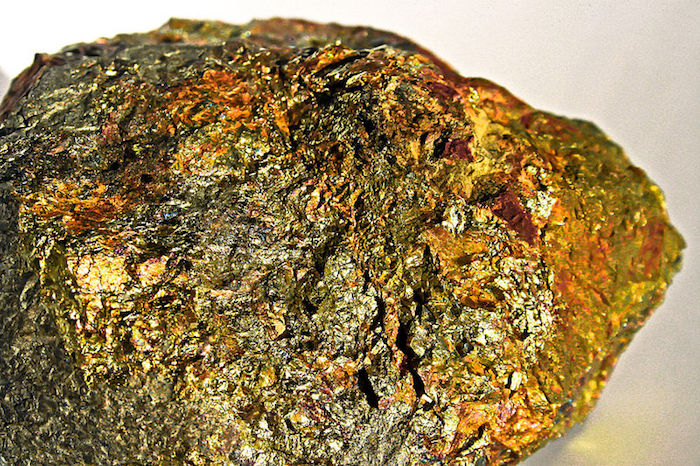
Searching for gold can be a very difficult task unless you know the signs of where gold might be present. Theoretically, gold can be found in many different places because the metals are not generated on Earth, but rather are the remains of ancient meteors and other sources from outer space that dropped gold onto the planet billions of years ago.
However, there are certain rocks and minerals that are associated with the location of gold which can help you zero in on a potential source. While the number of rock and mineral types number in the billions, there are only a relative few that are associated with the location of gold. This means by finding these rocks and minerals you can increase your chances of finding the gold as well.
What Types of Rocks and Minerals are Associated with Gold?
There are a number of different rocks and minerals that are found near gold or are part of gold deposits. By starting your search for these rocks and minerals, you are essentially looking for a broader footprint of where the gold might be.
Planning Your Search
Now that you know what to look for, the next step is actually finding these rocks and minerals so that you can then find the gold. For the most part, you will be searching in creek beds and other, similar locations where gold has been carried downstream due to the erosion process.
In these streams, you will want to search for gold as well as the minerals listed above in places such as the cracks in the rocks and along the bottom of streambeds where these heavier materials can be found. When you find one or more of these rocks or minerals, you know that you are on the right track.
Next: The World’s Largest Gold Nugget Discoveries

